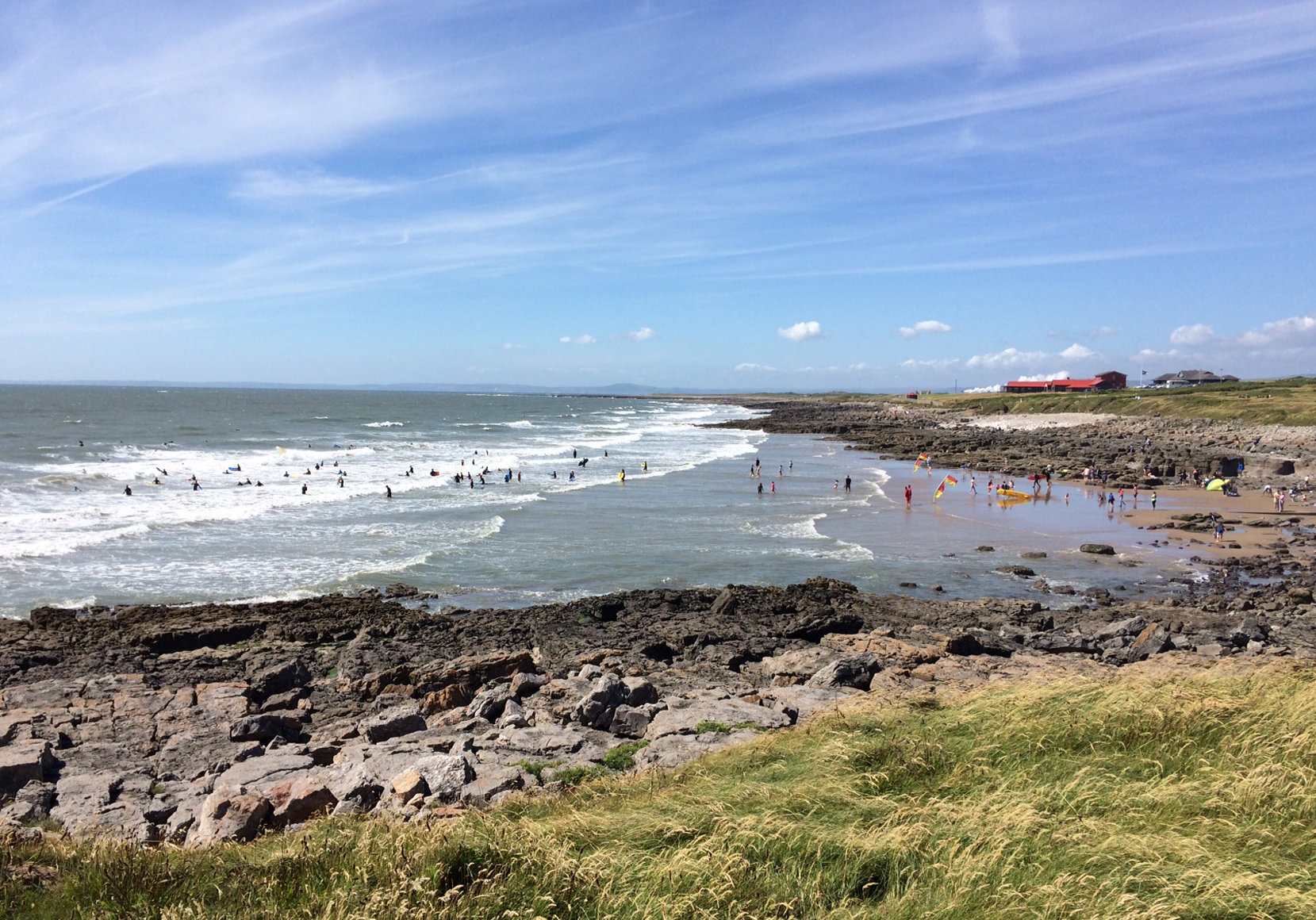Traffic signs for tourist destinations
Tourist signs are distinctive brown signs with white text used to direct drivers to a tourist destination in the final stages of their journey.
A tourist destination means a permanently established attraction or facility which both:
- attracts or is used by visitors to an area
- is open to the public without prior booking during its normal opening hours
Tourist attractions are places of interest, open to the public, offering recreation, education or historic interest. Examples of attractions are:
- museums and visitor centres
- parks and gardens
- natural attractions such as nature reserves and beaches
- golf courses
- castles and historic buildings
- theatres, cinemas and concert venues
Examples of tourist facilities include:
- hotels
- guesthouses
- bed and breakfasts
- restaurants
- holiday parks
- touring caravan and camping parks
- picnic sites
- youth hostels
- tourist information centres
Attractions and facilities should have features for tourists and must be open to the general public without prior booking during normal opening hours. This is because tourists expect to find a signed attraction open for business at reasonable hours and times of the year.
Attractions and facilities will normally be expected to have adequate and sufficient onsite parking. Where off-site parking is available as an alternative to dedicated facilities, the applicant should provide written acceptance and authorisation from the relevant landowner(s).
Eligibility does not mean an automatic entitlement to tourist signs. Several other considerations must be taken into account including existing sign provision, availability of space for new signs and road safety. The highway authority makes the final decision on the provision of a brown tourism sign.
Costs
There is no cost for making an enquiry for tourist signage. If eligible and happy to proceed based on estimated costs, applicants will be required to pay for the signs and their installation.
Applicants are often surprised by how much traffic signs cost, because they are not aware of all the work involved in their manufacture and installation. A simple breakdown of the steps that go into placing a sign within the highway boundary is as follows:
- sign design
- risk and road safety assessments
- sign manufacture
- site investigation
- traffic management, such as cones
- foundations
- posts
- sign installation
- safety fencing, if required
Costs will also depend on the nature of the road on which the signs are to be installed and distance to the destination. Larger signs are required on higher speed roads such as dual carriageways. More signs will be required the further the destination is away from the nearest A road.
Indicative starting costs for signage on a single carriageway road are from £1000 per sign. Motorway signage can cost as much as £100,000.
Please send enquiries to tourism@bridgend.gov.uk.

